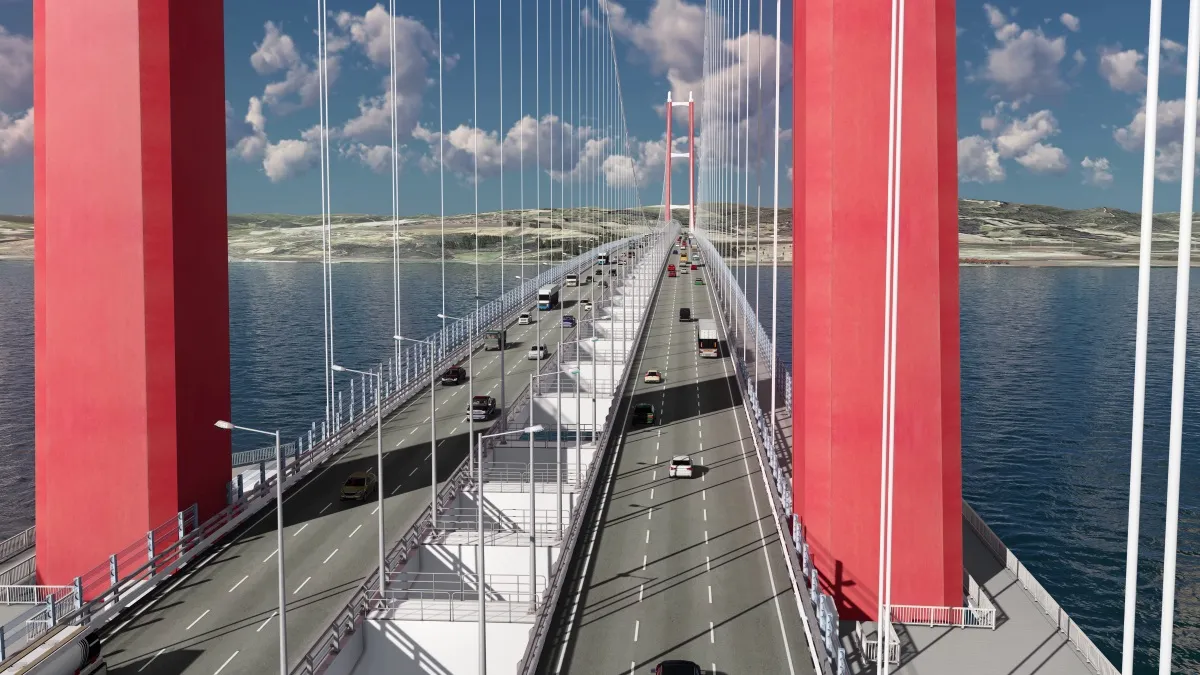US-based engineering and planning consulting service Michael Baker International has expanded its inspection services with the purchase of a Topcon Falcon 8 unmanned aircraft system (UAS), offering a new perspective for its pilots to achieve precise aerial imagery and mapping during the inspection of infrastructure elements.
Combined with the company’s mobile and static Light Detection and Ranging (LiDAR) systems for data collection and by utilising the system’s flight stability and high-resolution 32-me
November 18, 2016
Read time: 2 mins
US-based engineering and planning consulting service Michael Baker International has expanded its inspection services with the purchase of a Topcon Falcon 8 unmanned aircraft system (UAS), offering a new perspective for its pilots to achieve precise aerial imagery and mapping during the inspection of infrastructure elements.
Combined with the company’s mobile and static Light Detection and Ranging (LiDAR) systems for data collection and by utilising the system’s flight stability and high-resolution 32-megapixel digital single-lens reflex (DSLR) camera, Michael Baker pilots can capture more precise imaging and video in tight spaces, challenging environments and windy situations.
Operating as a two-person team, Michael Baker inspectors, one piloting the flight and the other using 3D goggles for a first person view (FPV), can establish unprecedented viewpoints for data capturing imagery.
Additionally, the Falcon 8’s integrated thermal camera creates new service offerings as the company can monitor for heat loss and thermal leakage in concrete and pipeline inspections, and conduct heat surveys of buildings looking to achieve LEED certification.
Michael Baker is deploying the new UAS as part of two new contract wins: a statewide contract from the Nevada Department of Transportation for digital aerial imagery and video, and/or other remotely sensed data; and a task order with the Wisconsin Department of Transportation for determining the feasibility for use of UAS in bridge inspections and bridge inspection procedures.
Combined with the company’s mobile and static Light Detection and Ranging (LiDAR) systems for data collection and by utilising the system’s flight stability and high-resolution 32-megapixel digital single-lens reflex (DSLR) camera, Michael Baker pilots can capture more precise imaging and video in tight spaces, challenging environments and windy situations.
Operating as a two-person team, Michael Baker inspectors, one piloting the flight and the other using 3D goggles for a first person view (FPV), can establish unprecedented viewpoints for data capturing imagery.
Additionally, the Falcon 8’s integrated thermal camera creates new service offerings as the company can monitor for heat loss and thermal leakage in concrete and pipeline inspections, and conduct heat surveys of buildings looking to achieve LEED certification.
Michael Baker is deploying the new UAS as part of two new contract wins: a statewide contract from the Nevada Department of Transportation for digital aerial imagery and video, and/or other remotely sensed data; and a task order with the Wisconsin Department of Transportation for determining the feasibility for use of UAS in bridge inspections and bridge inspection procedures.










